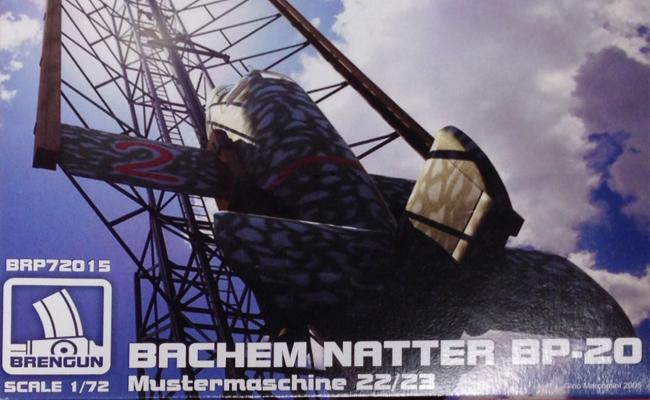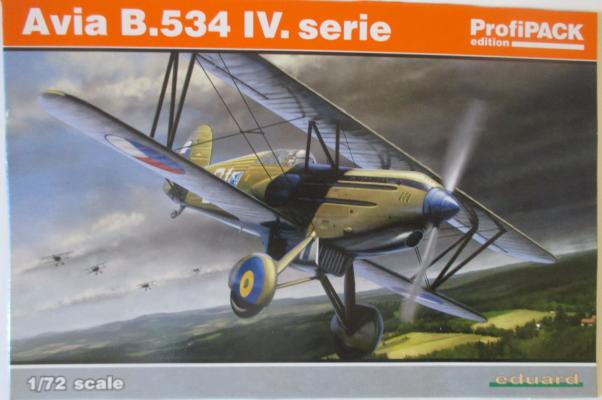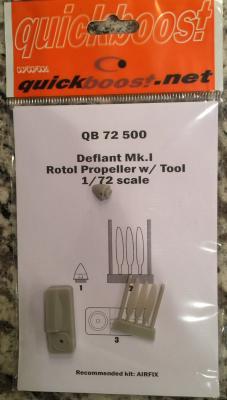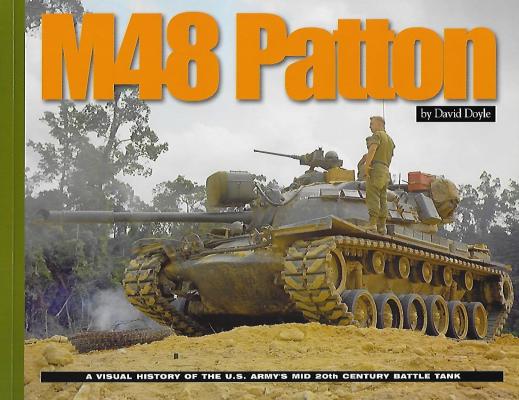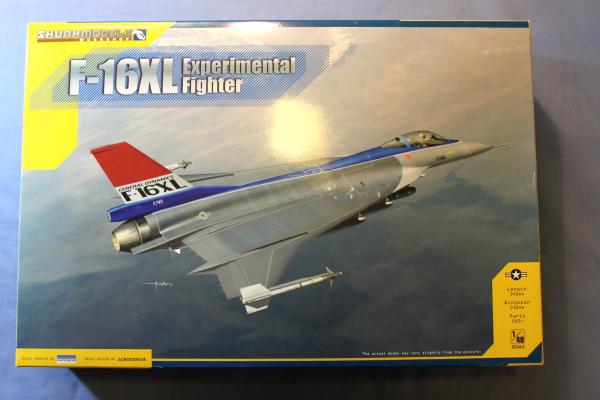During the latter years of World War II, the Luftwaffe was scrambling to finds ways to combat the ever increasing aerial onslaught of the Allied bombing campaign. Many solutions were proposed, some very successful, such as the Me 262, while others never left the drawing board. Some very odd proposals actually made it off the drawing board. The Bachem 349 Natter was one of these odd ideas that were actually in the test phase when the war ended.
Welcome to the IPMS/USA Reviews site!
Introduction: The primary organization of the IPMS/USA Review website is by IPMS/USA National Contest Class. Within each Class there are sub-menus by kits, decals, books, etc. The Miscellaneous Class is for items that are not class specific or that cross two or more classes.
IPMS/USA Members: We encourage you to submit reviews, both here and to the Journal. To volunteer for membership in the IPMS/USA "Reviewers Corps" and submit your own reviews, please read the Guidelines For Submitting Product Reviews.
Manufacturers, publishers, and other industry members: IPMS/USA is pleased to offer your company the opportunity for product reviews. All product reviews are performed by IPMS/USA members, and are posted in the publicly-accessible section of our website. With very few exceptions, we perform full build reviews of new kit releases, aftermarket products, and supplies. If you would care to provide product samples for review, please contact John Noack, IPMS/USA 1st VP.
To learn more about IPMS/USA, please see our About Us page.
History
The Avia B.534 was one of the classic biplane fighters of the 1930’s, and was used by several European air forces almost until the end of World War II. I did a review of Eduard’s kit of this aircraft in May, 2015, so for a detailed account of its service, I refer you to the IPMS review site. The aircraft appeared in four basic versions, differing in cockpit arrangement, armament, wheel covers, and propeller. There are many references available on this aircraft, including the old Profile #152, and most sources are available on line.
This prop is not included in the Airfix kit. The Rotol prop sports a different blade shape with a wider chord. The spinner is the same as provided in the Aires replacement for the kit part QB72 491 reviewed elsewhere on this site. The spinner puts the joints lines in the right place and in the right scale. Be sure to cut the blades off the casting block to allow the maximum shaft length. The spinner holes go through the part and the long blade shafts help with the alignment of the blades. Check the blades carefully because the leading and trailing edges are slightly different shapes and I managed to put one in backwards. The tool also has a hole to center your drill so you can drill out the spinner for a prop shaft. This part is a welcome addition to an already cool little kit.
Thank you Aires Quick Boost for jazzing up the Defiant.
This latest addition to the Ampersand Group's Visual History Series contains a wealth of information not only for the historical buff but, to the serious modeler whose dedication for detail will provide immense resource. David Doyle and Ampersand Group, Inc. have provided the serious modeler a welcomed addition to his library.
At first glance one sees a clear, detailed, color cover page depicting the crew of a M48A3 at Fire Base Bastogne in Viet Nam on 16 April 1968. The back cover shows an image of a damaged M48A3 at the 218th Collection, Classification, and Salvage Company at Long Binh 14 June 1967. The book is broken down into various sections including;
The Introduction consisting of the first 13 pages giving a brief history of the M48 Patton series of medium tanks from the inception and development, to upgrades and modifications.
NEWS FLASH!! If you have one in your stash, throw away that awful old resin 1/48 F-16XL conversion set! You need not wait until you achieve master modeler skills levels to finally attempt the advanced surgery necessary to produce an example of this rare aircraft from those hunks of resin. Skunkmodels Workshop has finally come to our rescue with an affordable, 1/48 scale, injection molded F-16XL.
Two F-16XL airframes were built by General Dynamics in their Fort Worth plant in the late seventies. One single-place and one two-seat example of this truly beautiful airframe were completed. They competed unsuccessfully against the F-15E Strike Eagle in the enhanced Tactical Fighter competition in the early 1980’s, and the two examples were then turned over to NASA for research.











